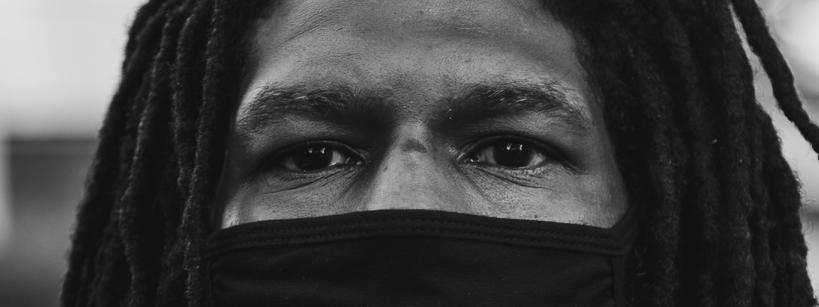Self-Paced Lesson
During this Exploring Black Lives Matter lesson, students will learn about the Black Lives Matter Movement and some of the individuals who were taken too soon by analyzing an image, reading a blog post, watching a video, and answering questions. Students will then pick an individual they learned about during the lesson, research the life and death of the individual, and share their learning with others through a project of their choice.
Standards
CA HSS 11.5.2
CA HSS 11.10
Lesson Resources
Lesson: Exploring Black Lives Matter PDF in full; PDF in Spanish
Student Response Sheet: Exploring Black Lives Matter Student Response Sheet (fillable PDF); Student Response Sheet (fillable PDF) in Spanish
Teaching Tips for Different Learning Environments
Whole Class In-Person Learning:
Activate - Activate students’ prior knowledge.
- Ask the whole class to share what they know about the Black Lives Matter Movement.
Investigate - Have students analyze an image, read a blog post, watch a video, and conduct research.
- Read the INTRODUCTION with the whole class and ask the students to look closely at the image. Then have the students share with the whole class what they see in the image by asking them the questions in PART 1.
- Read PART 2 with the whole class and divide the students into groups or partners. Then ask the groups or partners to read the blog post and to answer the questions in PART 2. Have a whole class discussion about the students’ answers to the questions in PART 2.
- Read PART 3 with the whole class. Then show the whole class the video and have the students write down the names of the individuals mentioned throughout the video.
- Assign PARTS 4 - 5 for students to complete independently.
Create - Have students create a project of their choice.
- Assign PARTS 6 - 7 for students to complete independently.
Demonstrate - Have students demonstrate their learning by sharing their work with others.
- Ask students to share their projects during a classroom exhibition or gallery walk.
Whole Class Distance Learning:
- Follow the Whole Class In-Person Learning instructions.
- Instead of having a classroom exhibition or gallery walk, students can post their projects for others to view through Padlet or Flipgrid.
Associated Resources




